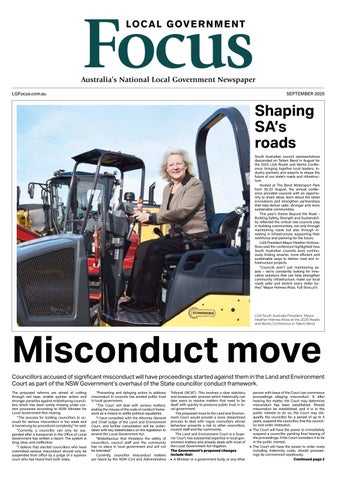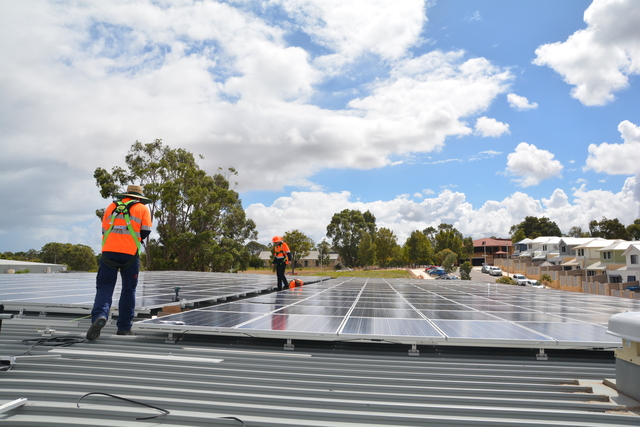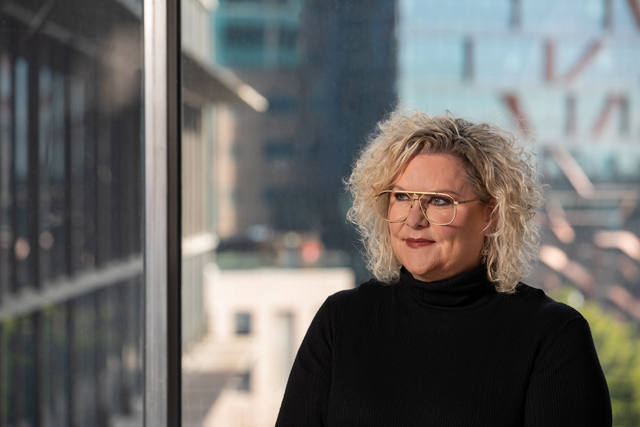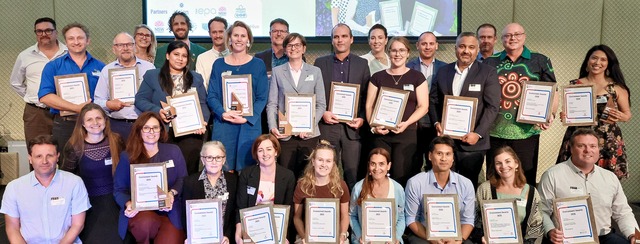The Cockatoo Network includes quite a few councillors, and we often provide a sanity check and tips on how to advance their ideas.
As part of our work, we’ve come to learn that the vast majority of councillors are well-meaning, committed people. But they do become disillusioned at the lack of traction of their ideas and pet projects. The causes are wider than the federal/state funding cutbacks over the last decade. There seem to be three other factors in play:
- weak council finances and a lack of regional development functions in regional councils
- the scrooge mentality of council CEOs and senior council officers
- the lack of appreciation of the importance of project documentation.
The scrooge mentality is understandable because blowing council budgets is not a career-enhancing move for council employees. Also reporting systems alert auditors to expenditure on anything outside the traditional areas.
But the project documentation issue can surely be addressed.
To explain, investors, as well as federal/state program administrators, need a proposal to be clearly argued and explained – the days of ministers signing off on dodgy proposals are long gone. The need is for either (i) a scoping study that documents the what-why-how-when-who and who pays, (ii) a feasibility study with financial estimates and costings, or (iii) a business plan, that can be either of the above.
However the problem is that federal and state agencies don’t want to fund the above studies. They want to fund things that taxpayers can see and touch. Bridges, parks, buildings are especially popular because they can carry signage and the names of politicians!
So who is going to finance the scoping of blue-sky ideas? There would seem to be two main sources. First, far-sighted companies that can see the commercial opportunity. Second, councillors and senior council officers who can appreciate the worth of a potential project to their local economy.
And what sorts of projects are we talking about? Well, they’re projects with a blend of private and public benefit that would align with regions’ competitive advantages, engender strong local support, grab the attention of investors, and generate interest within federal/state agencies with relevant programs. To explain, below are 10 examples that the Cockatoo Network has been mulling over.
- East Perth (WA) – home to serious manufacturing and service industries and an international airport. Huge scope to be a global trade/aid hub with Foreign Minister Julie Bishop as a potential champion.
- Strathmerton (Vic) – a small town at the junction of the Murray Valley and Newell highways. It has immediate potential to showcase cheeses (home to a Bega Cheese plant) and close to Cobram (fruit, juices) and Rutherglen’s classy red wines.
- Ulladulla (NSW) – a beautiful harbour crying out for regeneration and boutique food outlets along Mediterranean lines. Rick Stein is a potential champion.
- Yarram (Vic) – a lovely but largely unappreciated town. The potential to be a service centre for a mega wind energy project in Bass Strait.
Bowen (Qld) – an iconic Queensland town needing a facelift. It surely has further upsides in tourism and agriculture. Time to revisit the studies of dams, water pipelines and localised energy systems. - Maryborough (Qld) – solid economic infrastructure, a track record in engineering and fantastic historical buildings not fully appreciated outside the region.
- Bega Valley (NSW) – its marine climate and good soils suggest real potential to track King Island’s success as a quality beef cluster. Could it recapture its cut flower industry?
- Strathalbyn (SA) – a beautiful town with classic streetscapes, mid-way between two wine regions, and 40 minutes to Adelaide. The opportunity to do something sensational in wine-food tourism.
- Broken Hill (NSW) – it could be even funkier if its restaurants developed unique gourmet food as a regional tourism attraction. Think saltbush lamb and goat curry. My beloved Wilcannia could tag along.
- Riverina (NSW) – could locational incentives be packaged to improve its attractiveness as a food value-adding hub?
Our offer
We figure that every community has untapped potential. If you have an idea about how to raise your community’s economic or social standing and would like to shoot the breeze, send us an email. We will spend half a day thinking about your idea, and provide a sanity check and some steps to advance the idea. We will do this for FREE, on the proviso that if you commission a scoping study we’d like to be at the head of the queue!
Barnaby’s watershed moment
The pre-Xmas decision by Deputy PM Barnaby Joyce to dump Infrastructure Minister Darren Chester could prove to be a watershed moment.
The word around town is that Barnaby was livid with Chester’s behind-the-scenes move to support fellow Victorian Bridget McKenzie for the National deputy leadership. Joyce was supporting the Queenslander Canavan.
But by dumping Chester, Joyce has reinforced the view that he’s a loose cannon and lacking in judgement. His pork-barrelling antics with the relocation of the Australian Pesticides and Veterinary Medicines Authority (APVMA) to Armidale haven’t helped.
What’s not widely known is that before entering politics, Chester was CEO of Champions of the Bush, a lobby group with strong business and grassroots political support across regional Victoria, SA and southern NSW. He walks tall in those regions. Chester was also a very good Minister according to departmental heavies, and is smarter and more measured than Barnaby. By also overlooking Michael McCormack (Riverina) for promotion, Barnaby has sown the seeds for a challenge.
Rod Brown is a Canberra-based consultant and lobbyist specialising in industry/regional development, investment attraction and clusters, and accessing federal grants. He also runs the Cockatoo Network.
Phone: (02) 6231 7261 or 0412 922 559
Email: apdcockatoo@iprimus.com.au
Blog: www.investmentinnovation.wordpress.com (750+articles)







